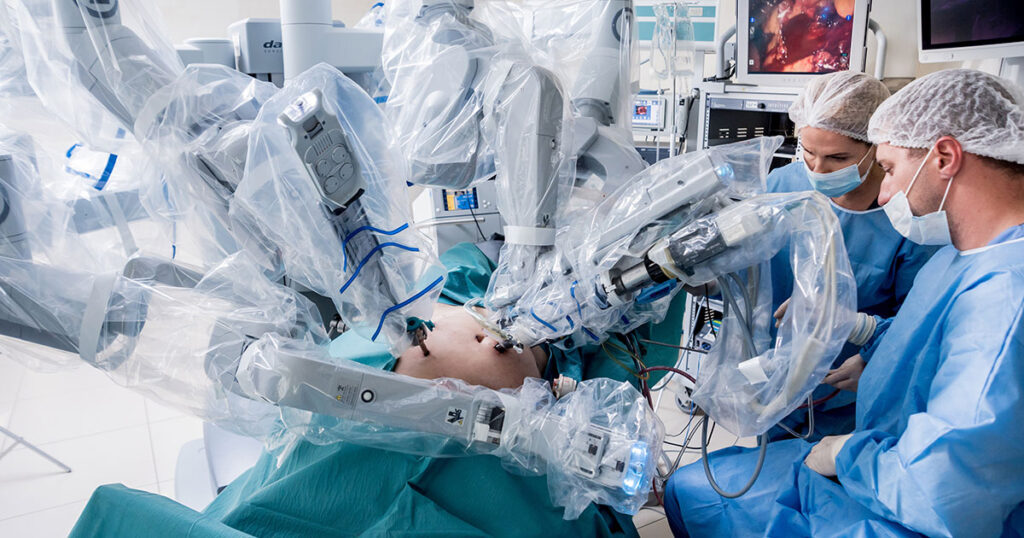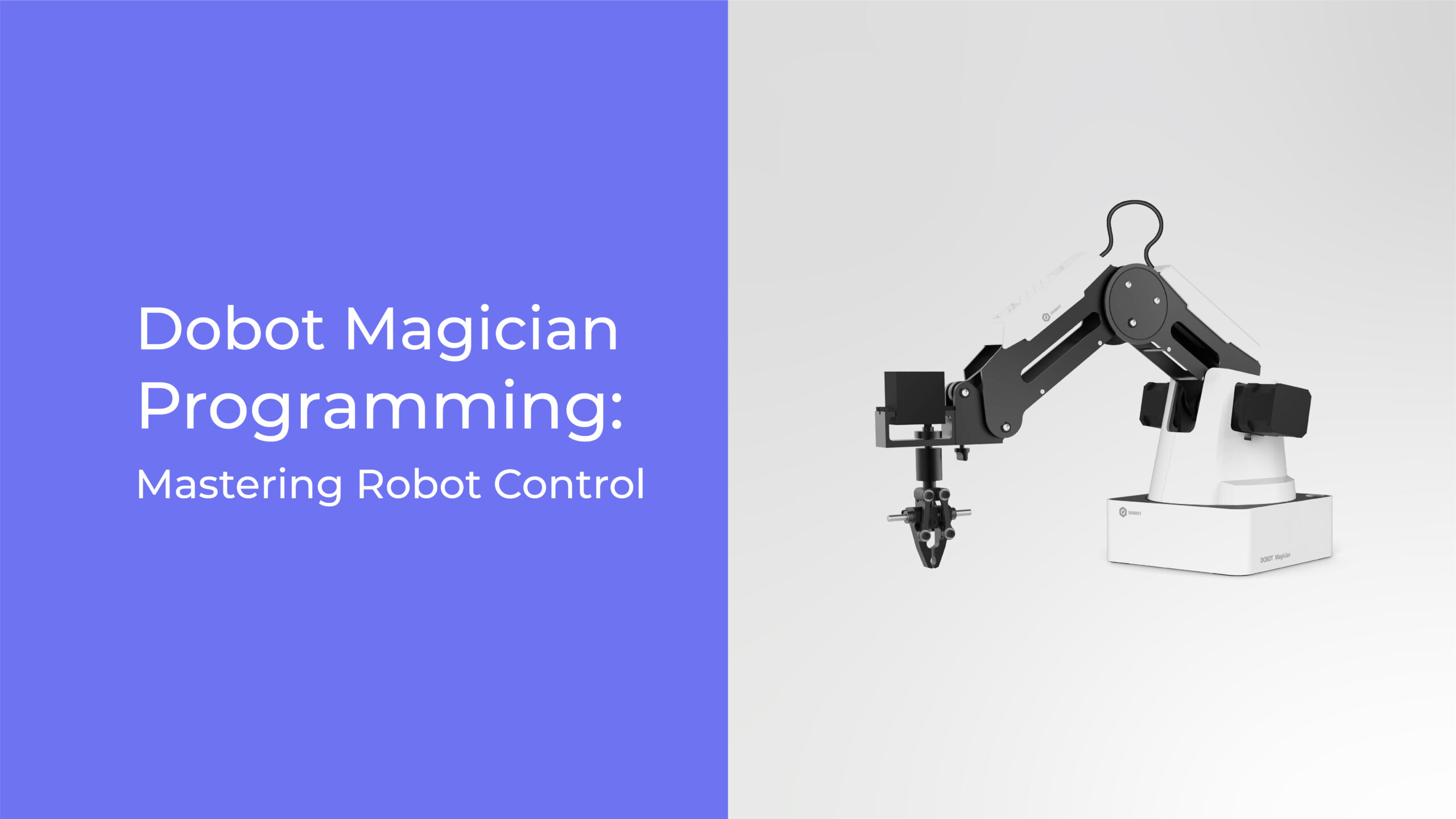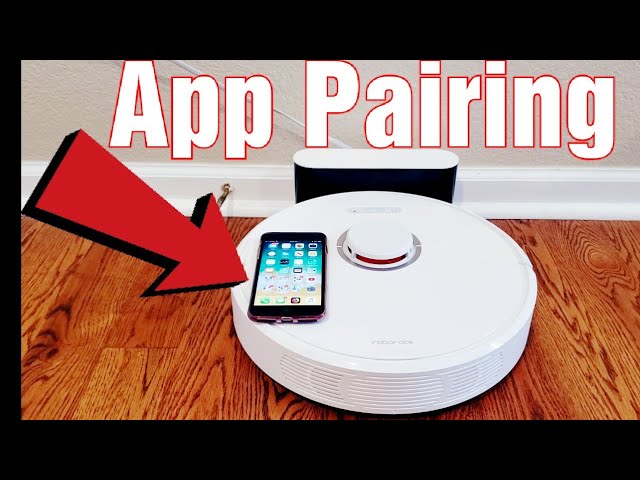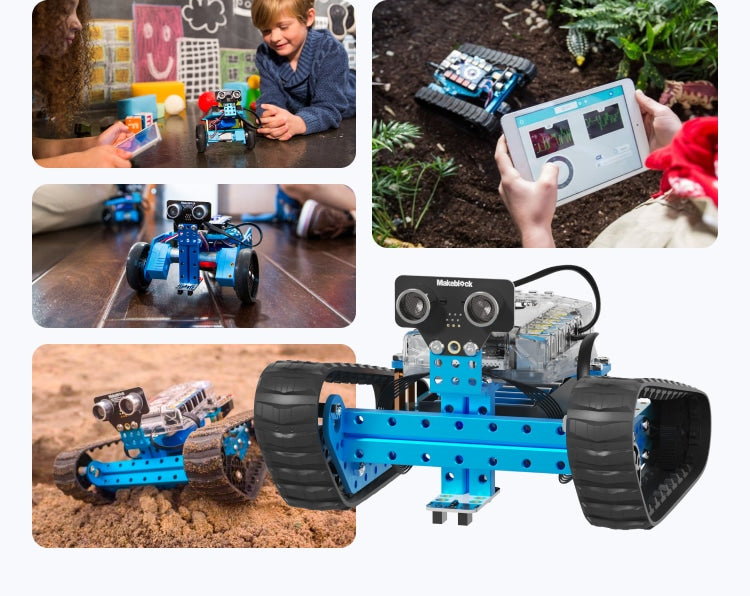How to apply medical robotics in healthcare applications?
Medical robotics is revolutionizing the healthcare industry by providing innovative solutions to complex medical procedures. From surgical robots to rehabilitation robotics, the applications of medical robotics are vast and continuously expanding. In this article, we will explore how medical robotics can be applied in various healthcare settings to improve patient outcomes and enhance the overall quality of care.
Surgical Robotics
One of the most well-known applications of medical robotics is in the field of surgery. Surgical robots are now commonly used in minimally invasive procedures, where precision and accuracy are crucial. These robots are equipped with advanced imaging capabilities and robotic arms that can manipulate surgical instruments with greater dexterity than human hands.
- Improved precision: Surgical robots can perform complex surgical procedures with unmatched precision, reducing the risk of human error.
- Reduced recovery time: Minimally invasive surgeries performed with the help of robotics often result in shorter recovery times and less post-operative pain for patients.
- Enhanced visualization: Surgical robots provide surgeons with enhanced visualization of the surgical site, allowing for more accurate and efficient procedures.
Rehabilitation Robotics
Rehabilitation robotics is another important application of medical robotics that is gaining popularity in healthcare settings. These robots are designed to assist patients in their recovery process, whether it be from a surgery, injury, or illness. Rehabilitation robots can help patients regain strength, mobility, and independence through targeted exercises and therapies.
- Personalized therapy: Rehabilitation robots can be programmed to provide personalized therapy sessions based on each patient’s specific needs and goals.
- Faster recovery: By providing consistent and targeted support, rehabilitation robots can help patients recover faster and achieve better outcomes.
- Data-driven insights: Rehabilitation robots can collect data on patient progress and performance, allowing healthcare providers to make informed decisions about the course of treatment.
Telemedicine and Remote Monitoring
With the advancement of medical robotics, telemedicine and remote monitoring have become increasingly popular in healthcare applications. Robots equipped with cameras and sensors can be used to conduct remote consultations, monitor patients’ vital signs, and even assist in home care services.
- Improved access to care: Telemedicine and remote monitoring with robotics enable patients in remote or underserved areas to access healthcare services without the need for travel.
- Real-time monitoring: Robots can provide real-time monitoring of patients’ health status, allowing healthcare providers to intervene promptly in case of emergencies.
- Increased convenience: Telemedicine and remote monitoring with robotics offer patients the convenience of receiving care from the comfort of their homes, reducing the need for hospital visits.
Challenges and Considerations
While the applications of medical robotics in healthcare are promising, there are also challenges and considerations that need to be addressed. Safety, regulatory compliance, and ethical implications are important factors to consider when implementing medical robotics in healthcare settings. Additionally, the cost of acquiring and maintaining medical robotics systems can be a barrier for some healthcare facilities.
Despite these challenges, the benefits of medical robotics in healthcare applications are undeniable. From improving surgical outcomes to enhancing rehabilitation therapies, medical robotics have the potential to revolutionize the way healthcare is delivered. As technology continues to advance, we can expect to see even more innovative applications of robotics in healthcare in the future.
How to apply medical robotics in healthcare applications?
Medical robotics is revolutionizing the healthcare industry by providing innovative solutions to complex medical procedures. From surgical robots to rehabilitation robotics, the applications of medical robotics are vast and continuously expanding. In this article, we will explore how medical robotics can be applied in various healthcare settings to improve patient outcomes and enhance the overall quality of care.
Surgical Robotics
One of the most well-known applications of medical robotics is in the field of surgery. Surgical robots are now commonly used in minimally invasive procedures, where precision and accuracy are crucial. These robots are equipped with advanced imaging capabilities and robotic arms that can manipulate surgical instruments with greater dexterity than human hands.
- Improved precision: Surgical robots can perform complex surgical procedures with unmatched precision, reducing the risk of human error.
- Reduced recovery time: Minimally invasive surgeries performed with the help of robotics often result in shorter recovery times and less post-operative pain for patients.
- Enhanced visualization: Surgical robots provide surgeons with enhanced visualization of the surgical site, allowing for more accurate and efficient procedures.
Rehabilitation Robotics
Rehabilitation robotics is another important application of medical robotics that is gaining popularity in healthcare settings. These robots are designed to assist patients in their recovery process, whether it be from a surgery, injury, or illness. Rehabilitation robots can help patients regain strength, mobility, and independence through targeted exercises and therapies.
- Personalized therapy: Rehabilitation robots can be programmed to provide personalized therapy sessions based on each patient’s specific needs and goals.
- Faster recovery: By providing consistent and targeted support, rehabilitation robots can help patients recover faster and achieve better outcomes.
- Data-driven insights: Rehabilitation robots can collect data on patient progress and performance, allowing healthcare providers to make informed decisions about the course of treatment.
Telemedicine and Remote Monitoring
With the advancement of medical robotics, telemedicine and remote monitoring have become increasingly popular in healthcare applications. Robots equipped with cameras and sensors can be used to conduct remote consultations, monitor patients’ vital signs, and even assist in home care services.
- Improved access to care: Telemedicine and remote monitoring with robotics enable patients in remote or underserved areas to access healthcare services without the need for travel.
- Real-time monitoring: Robots can provide real-time monitoring of patients’ health status, allowing healthcare providers to intervene promptly in case of emergencies.
- Increased convenience: Telemedicine and remote monitoring with robotics offer patients the convenience of receiving care from the comfort of their homes, reducing the need for hospital visits.
Challenges and Considerations
While the applications of medical robotics in healthcare are promising, there are also challenges and considerations that need to be addressed. Safety, regulatory compliance, and ethical implications are important factors to consider when implementing medical robotics in healthcare settings. Additionally, the cost of acquiring and maintaining medical robotics systems can be a barrier for some healthcare facilities.
Despite these challenges, the benefits of medical robotics in healthcare applications are undeniable. From improving surgical outcomes to enhancing rehabilitation therapies, medical robotics have the potential to revolutionize the way healthcare is delivered. As technology continues to advance, we can expect to see even more innovative applications of robotics in healthcare in the future.



